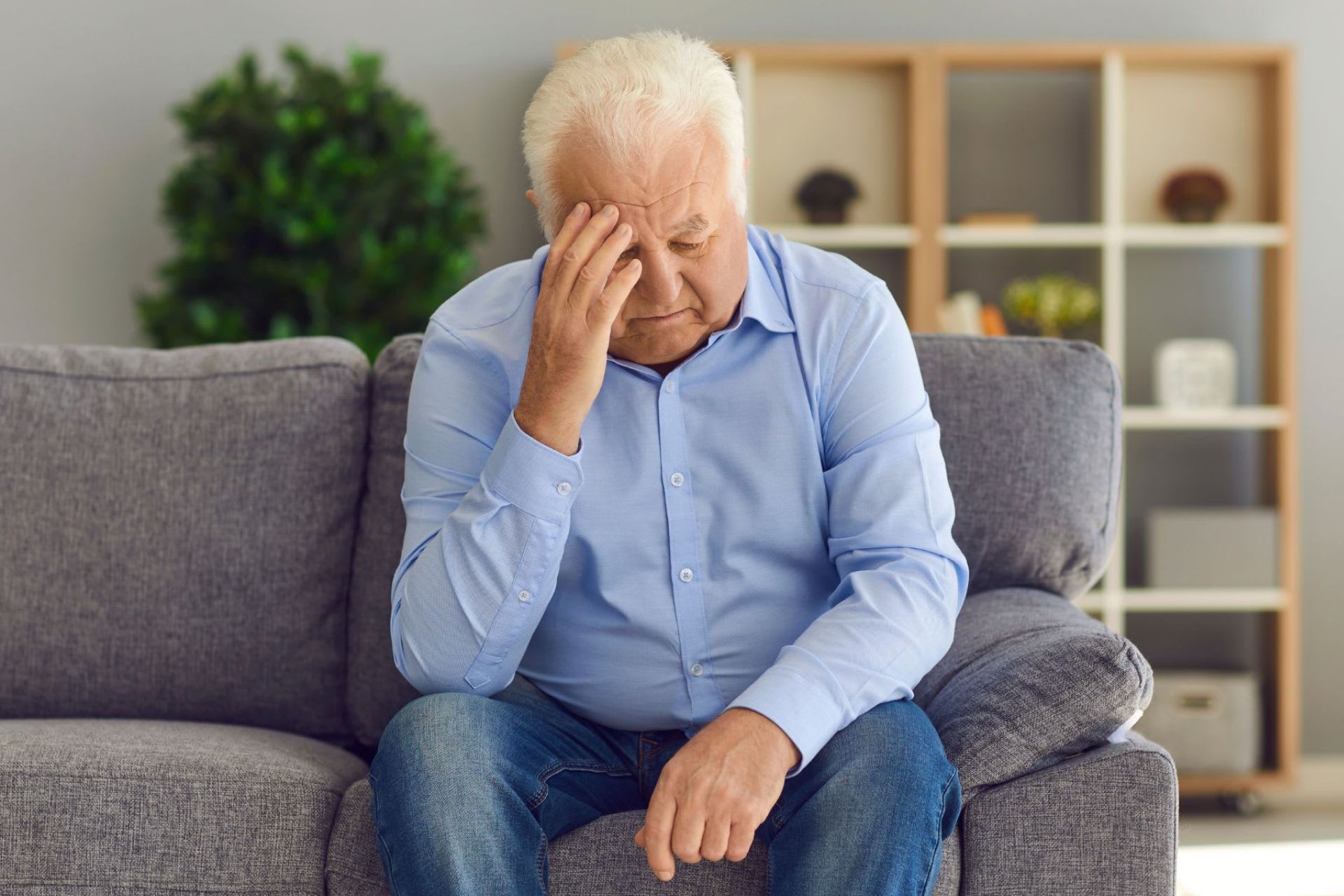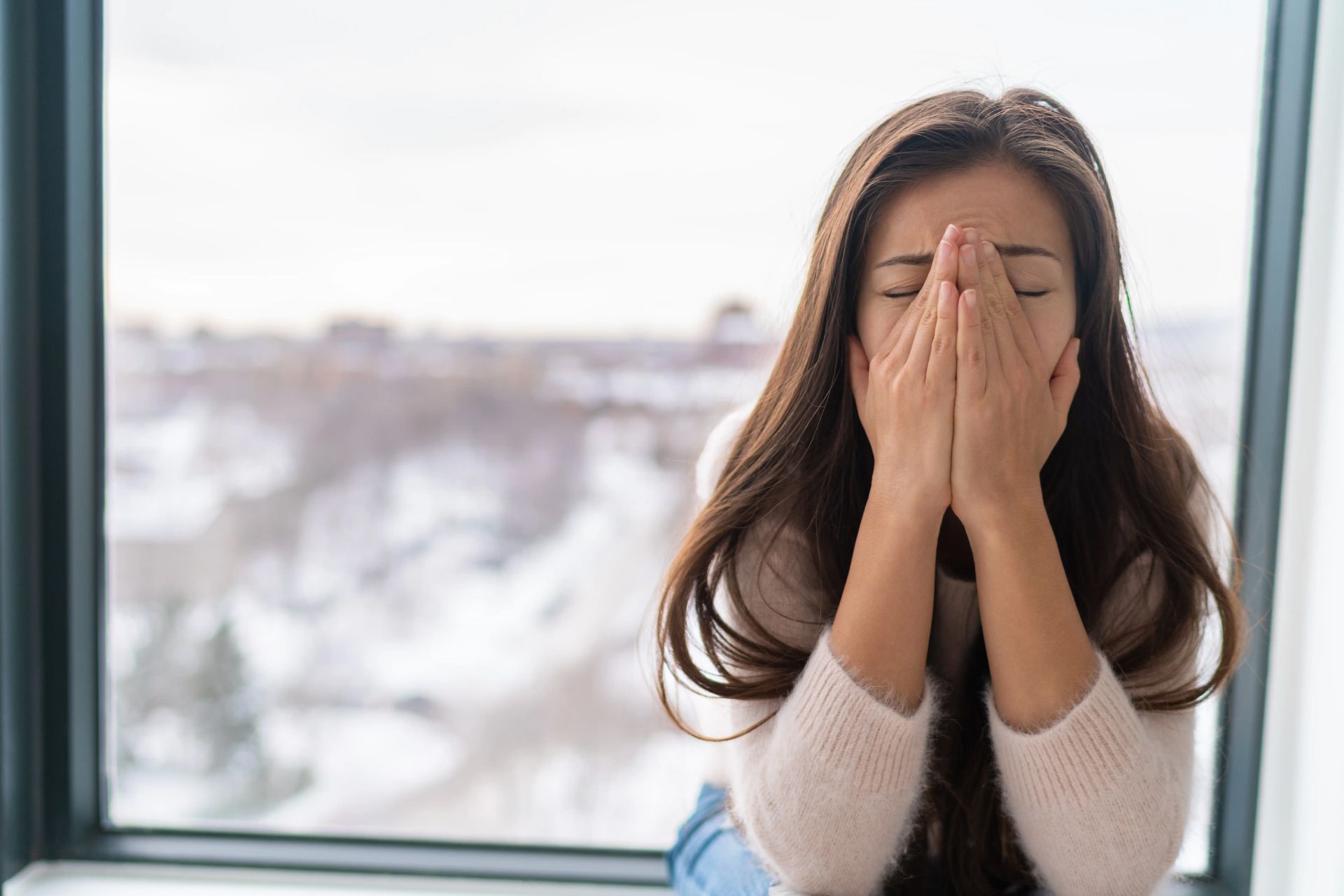Preparing Mentally for the Shorter Days of Fall: Preventing Seasonal Affective Disorder
Why Fall Can Change How We Feel
As the days grow shorter and nights come earlier, many people notice changes in their mood and energy levels. At the start of fall, some may feel worsening or the beginning of depressive symptoms without apparent environmental or pharmacological changes. Then, when spring comes, they often see a progressive improvement in depressive symptoms.
The National Institute of Mental Health (2024) explains that when depressive symptoms emerge during the fall and winter but improve fully in spring and summer, it may be seasonal affective disorder (SAD), a type of mood disorder linked to seasonal changes. If you live with SAD, preparation can make a big difference in how you get through those shorter days and early nights.
How shorter days affect our Mood
Our body’s biological processes, such as immune function, sleep-wake cycle, hormone production, metabolism, and digestion, as well as mood and mental health, are regulated by the circadian rhythm: the body’s internal clock.
Because light exposure strongly influences the circadian rhythm, shorter fall and winter days can disrupt this balance, affecting serotonin and melatonin production. These changes can contribute to the development of SAD (Roecklein & Rohan, 2024).
Research shows that certain risk factors increase vulnerability. According to the National Institute of Mental Health, people living in northern latitudes, women, younger individuals, and those with a family history of depression or bipolar disorder face higher risks (NIMH, 2024). Roecklein and Rohan (2024) add that overlapping risk factors can compound these effects.
Recognizing Seasonal Affective Disorder
According to both NIMH (2024) and Roecklein and Rohan (2024), people with SAD often experience pessimism, hopelessness, or feelings of worthlessness. Fatigue, lower motivation for appearance, changes in appetite or sleep, and difficulty concentrating or making decisions are also common. In short, people frequently describe feeling persistently sad or depressed.
It is important to pay attention to these early warning signs and to seek help before they worsen. Treatment is often more effective when started early. The sooner you reach out for help, the sooner you can begin feeling better.
Proven ways to brighten your wood
Managing SAD usually requires intentional lifestyle changes. Maximizing outdoor time, engaging in regular physical activity, maintaining good sleep hygiene, and eating a whole foods diet are important foundations. Staying connected to friends and family who are supportive can also provide much-needed encouragement through the winter months.
Light therapy
Using a 10,000-lux lamp for about 30 minutes each morning — is considered a first-line treatment for SAD (Roecklein & Rohan, 2024).
Psychotherapy can also help by addressing negative thought patterns and promoting healthier daily routines, and Roecklein and Rohan (2024) note that antidepressant medication or vitamin D supplementation may be helpful in some cases.
Mental preparation tips
- Start a fall mental health plan: journaling, setting goals, building in self-care.
- Use mindfulness, meditation, or relaxation exercises to reduce stress.
- Identify supportive people (family, friends, therapists) to check in with during winter.
- If you are seeing a therapist, discuss ways you can prepare for the colder months.
- Talk to your doctor about possible medication adjustments when the days get shorter.
When to seek professional help
If mood changes last longer than two weeks and begin to disrupt daily functioning, such as work, school, relationships, sleep, or appetite, it may be a sign of SAD complications. Feelings of hopelessness, thoughts of self-harm, or using alcohol and drugs to cope can also worsen symptoms. In such cases, it is important to seek evaluation from a primary care physician or mental health professional (Roecklein & Rohan, 2024).
Taking care of yourself this season
While SAD can negatively impact your life if not treated, SAD is relatively common and treatable. It is important to prepare yourself mentally before symptoms start to reduce symptom severity.
Remember : You are not powerless against SAD. Small steps, taken consistently, can make a big difference in how your body responds to these seasonal changes. Staying active, spending time outdoors getting sunlight, and connecting with loved ones are ways to prepare now for the colder months ahead. And if symptoms do appear, reaching out to a therapist or doctor can make a tremendous difference in your well-being.
This material is provided for general information. It is not intended to substitute for medical advice.
Chief Preceptor of Clinical Practicum Program – Dr. Okah Anyokwu
Director of Clinical Practicum Program – Xavier Hicks











